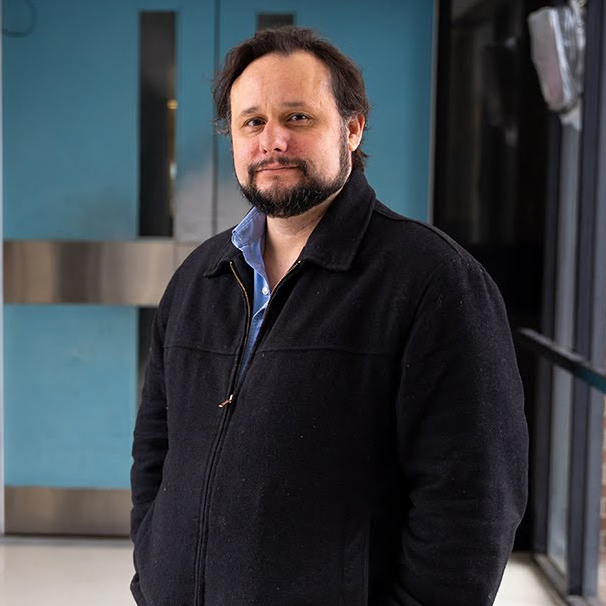Granted 260 primary hours and 127 parallel hours of observation time with the James Webb Space Telescope (JWST) - which is orbiting in space near the sun - means Muzzin is the recipient of the largest single program ever given to an observer. He will use the JWST to study of the universe's most distant galaxies and the first stars - in order to enhance our understanding of cosmic history.

Adam Muzzin
Muzzin knew the science from this program could be revolutionary if approved, but the size of his request made it a longshot. Securing any amount of time with the world's most powerful telescope is highly competitive - only 10 per cent of applications are successful - and he was asking for nearly six times his previous allocation in 2023 to explore the depths of the universe.
His new request would expand on Muzzin and his team's earlier researcher with JWST's multi-colour imagery, which uses multiple filters to produce detailed and highly colorized images of distant galaxies, revealing cosmic objects previously hidden from traditional methods.
The previous project looked at three small pieces of the sky. The new one proposed to survey a much larger region of the sky - approximately 20 times larger - as long as the JWST time request panel agreed to it.
Then the news came.
"I almost fell out of my chair," Muzzin says. When he was informed of the approval, his cry of joy was so loud his graduate students came running down the hall outside his office to check if he was okay.
It was a milestone achivement.
With the new historic allocation - the largest JWST has ever given - Muzzin and his team will conduct an extensive astronomical survey with an eye towards, among other goals, capturing images of distant galaxies and uncovering the first stars that formed after the Big Bang.
"They have to be out there, but we've never seen them," says Muzzin. "This program gives us arguably our best shot at finding them."
Detecting these stars is challenging because they lived in the early universe and had short lifespans. Muzzin's program is uniquely positioned to discover these stars by capturing subtle color variations that indicate their presence. Identifying the stars, he says, will prove essential for understanding how the universe evolved, as they are the origin of all the heavier elements found today. "This is about uncovering the origin story of our galaxy, our sun and ultimately, humanity," says Muzzin.
Muzzin is thrilled not just for the opportunity for himself and his team, but for the chance to produce important data for the wider scientific community. The JWST is part of a treasury program, which means any data Muzzin's allocation produces will be made publicly available for future research long after the program's completion. "That's very gratifying," he says.
But, it's not just that. As a colleague told him: "A program of this size is really making astronomy history."
This story was originally featured in YFile, York University's community newsletter.










